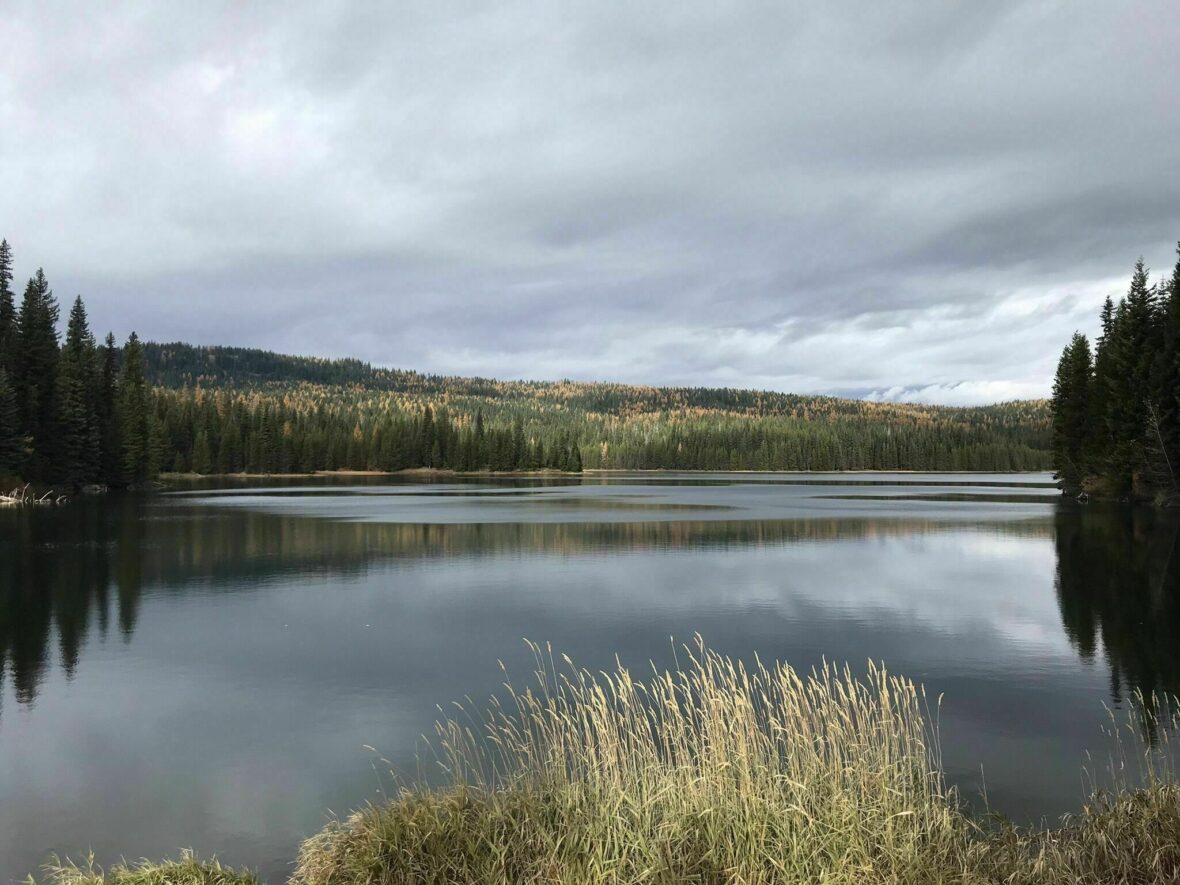Elgin is a city in Union County, Oregon, United States. Take a look below for 15 interesting and obscure facts about Elgin, Oregon, United States.
1. The population was 1,711 at the 2010 census.
2. The community is named after the Lady Elgin, a ship lost on Lake Michigan.
3. The city is known for the Elgin Opera House, originally dedicated in 1912.
4. Elgin was settled by hunters, trappers, and people of all ethnic groups.
5. Very rarely did they make the treacherous travels from nearby La Grande, because it was 120 miles away by river through the valley, which back then was covered in thick forest.
6. Elgin was the gathering place for trappers and hunters to replenish their supplies.
7. This is how Elgin became the “Elgin Huskies”. Many settlers emigrated from Walla Walla across the mountains on dog sleds. Mr. Mckinnis and his family were the first settlers. He brought cattle from Illinois and moved to what was the outskirts of Elgin, and built one of the first homes.
8. Even though his home is not set in the history in Elgin there is a letter from his wife’s sister attesting to this fact. Mr. McKinnis built the mills from Elgin to La Grande and also owned all the century farms in the valley passing them down to his kin in death.
9. He also worked in the first bank in Elgin before they moved to La Grande. Mr. McKinnis stated that this home was built in 1864.
10. The area of Elgin was previously called “Fish Trap” and “Indian Valley.” The city was platted in 1886 following the washout of Ruckles Road over the Blue Mountains, which caused investors to leave nearby Summerville for Elgin.
11. By 1887 Elgin had general stores, a livery, a hotel, and a church, as well as a nearby sawmill, which continues as a more modern Boise Cascade mill.
12. Between 1887 and 1908, the area around Elgin had 35 sawmills, most transportable water-driven whipsaws (vertical reciprocating saws).
13. Local landowners would sell the trees for 50 cents per thousand board feet, which is about how much the sawmills could handle in a day.
14. At the time, log transportation cost about two dollars per thousand board feet, and a mill could sell the processed lumber for $6–10 per thousand board feet.
15. Growth increased with the arrival of the railroad in 1890, and Elgin was incorporated by the Oregon Legislative Assembly on February 18, 1891.




